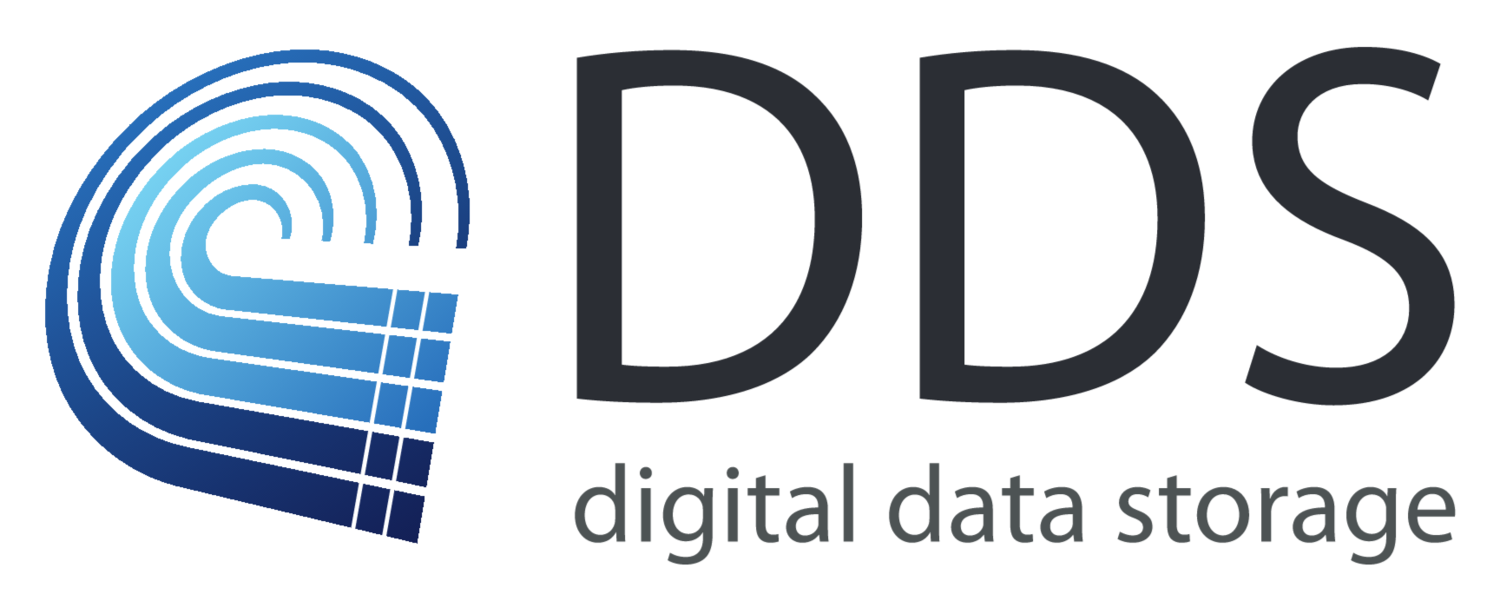Alcatel E10 Magnetic Tape Emulation
History
Alcatel has been in existence for over 100 years. It is noted for introduciing digital switching exchanges to France in 1970 and continued to be a major force in telecommuncations there as well as growing into Europe and the rest of the world. It operates as a widely diversified company and its history include many mergers and acquisitions. Most recently in 2006 Alcatel is merged with Lucent to form Alcatel-Lucent.
The Alcatel E10 is popular exchange which first came into service in Beijing in 1986.
Installed Base
The Alcatel E10 is installed throughout the world including big concentrations in Europe, Asia and South America. Around 250m lines were connected with the Alcatel E10 in over 100 countries, making Alcatel one of the leaders in terms of installed base.
Technology
The Alcatel E10 makes use of magnetic tapes for backup of office data and billing. Alcatel E10 Magnetic Tape Emulation is now an important technology due to the deterioration of this equipment and the media. The Alcatel E10 uses variants of either SCSI or Pertec interfaces and DDS can connect using either. In the case of Pertec, two 50-pin IDC ribbon cables are used. For SCSI it is generally a single 50-pin cable. In both cases cables can extend for some distance and DDS is able to detect and report on the condition of cables should this become an issue.
Some switches are even installed with both SCSI and Pertec and the DDS installer can choose the best option for the exchange. Since the DDS supports both Pertec and SCSI, this is generally a simple software switch on the front panel.
DDS is installed with Alcatel E10 in serveral counties and it is one of the most important exchange choices for DDS.
Installation
The DDS can replace existing tape drives and use the same space since it is smaller than any installed legacy tape drive. An available rack mount kit provides an easy means of mounting the DDS in the existing rack. It is possible to connect both a legacy tape drive and a DDS to the exchange for the purpose of copying over old data if required. DDS can store this data in one of its internal tape files, stored in secure RAID+ storage within the unit. It is also possible to write backup data to SD cards or even USB sticks although one must be careful with this media since constant writing and reading can render the media inoperable.
DDS's Alcatel E10 Magnetic Tape Emulation provides a plug and plug solution which is very easy to operate. DDS does not require adaptor cables, new interface cards. changing any settings in hardware or software. It is also not necessary to turn off the system. DDS operates from the -48V supply already provided to the tape drive, and can use a 12V mains adaptor instead if required. Total power consumption is around 200mA at 12V, a fraction of the power required by the legacy drive it replaces.
Training
Since DDS is a drop-in solution for Alcatel E10 Magnetic Tape Emulation, there is very little training required. Normally a single day is enough to instruct staff on new usage procedures. The following DDS features may be used to extend the functionality of the existing legacy tape drives:
- Internal virtual tape library
- External media copying
- Network and scripting operation (for fully-automated backup)
- Billing and mediation / translation setup
These and other topics can be covered depending on the needs of the operator.
Support
Qualified DDS engineers can visit your test site in conjunction with our local partner in your country to assist with any post-homologation work. This may include customisation of billing mediation software, provicing advice on backup procedures and risk management, and providing technical advice around the roll-out plan. We maintain a wide array of test and reverse-engineering equipment to permit us to deal with any uncertainly quickly and efficiently. Our engineers have been working with DDS for more than 6 years and have successfully overseen dozens of operations around the world.


